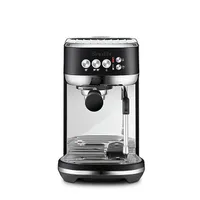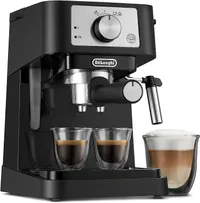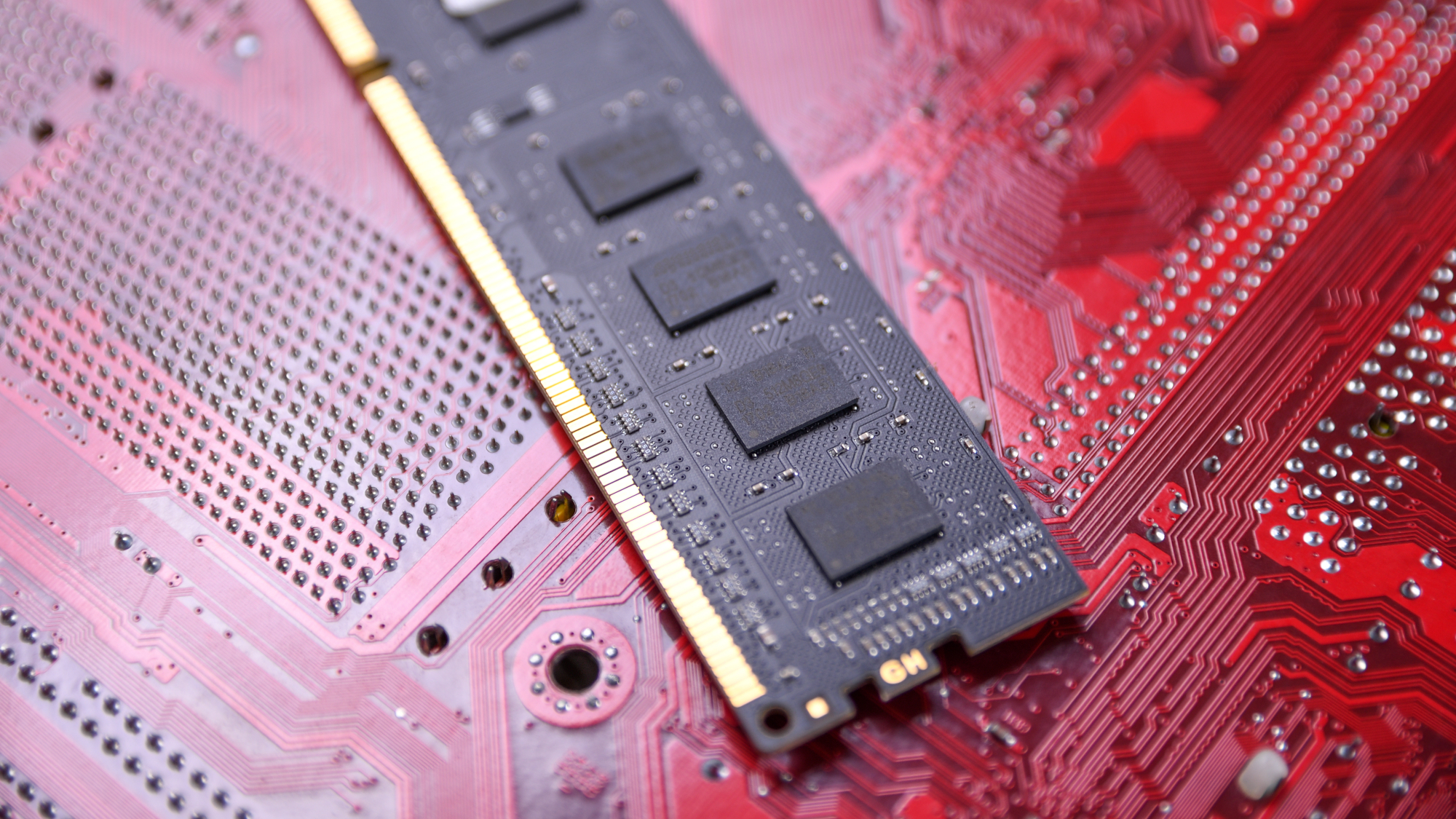I'm an ex barista and I tested a $150 De'Longhi espresso machine and a $500 Breville — here's what I learned
Both machines can hold their own, but have their quirks

I'm an ex-barista, so I like to think I know a thing or two about coffee. While spending 8 hours a day slinging flat whites, americanos, and mochas is way different to just making myself one espresso drink every morning, I'm still just as enamored with barista-ing now as I was during my days behind the bar.
As a journalist, I'm now on a mission to find the best espresso machines on the market. I've tested loads now, from the biggest names in coffee — think De'Longhi, Breville (Sage in the U.K.), Smeg, Casabrews, KitchenAid.
When I reviewed the Breville (Sage) Bambino Plus, I immediately fell in love. I thought, "This is it. This is the espresso machine I want until I die." But then I tested the De'Longhi Stilosa — and while, no, obviously the $150 De'Longhi doesn't perform like the $500 Breville, I was utterly blown away. I couldn't believe how fantastic the Stilosa was, for just $149.
So, which is the best affordable espresso machine? Better yet, which is the better compact espresso machine? Let's figure it out.
While hands-down the best compact espresso machine on the market, best doesn't always come cheap. The Breville Bambino Plus is 90% of the way to perfection — if only its price didn't let it down.
At just $149 in the U.S. (currently on sale for $143) and £104 in the U.K., the De'Longhi Stilosa is one of the cheapest espresso machines on the market. Although it's not as amazing out of the box as the Bambino Plus, with a few tweaks it's definitely a contender.
Price
I'm not being funny: there's a clear winner right off the bat. It's the De'Longhi Stilosa. Why, I hear you ask?
Well, the Breville Bambino Plus is $499 from Amazon, whereas the De'Longhi Stilosa is $149 from Amazon. That's a price difference of $350 — enough to buy about 22 pounds of specialty coffee beans. Think of how many drinks that could do!
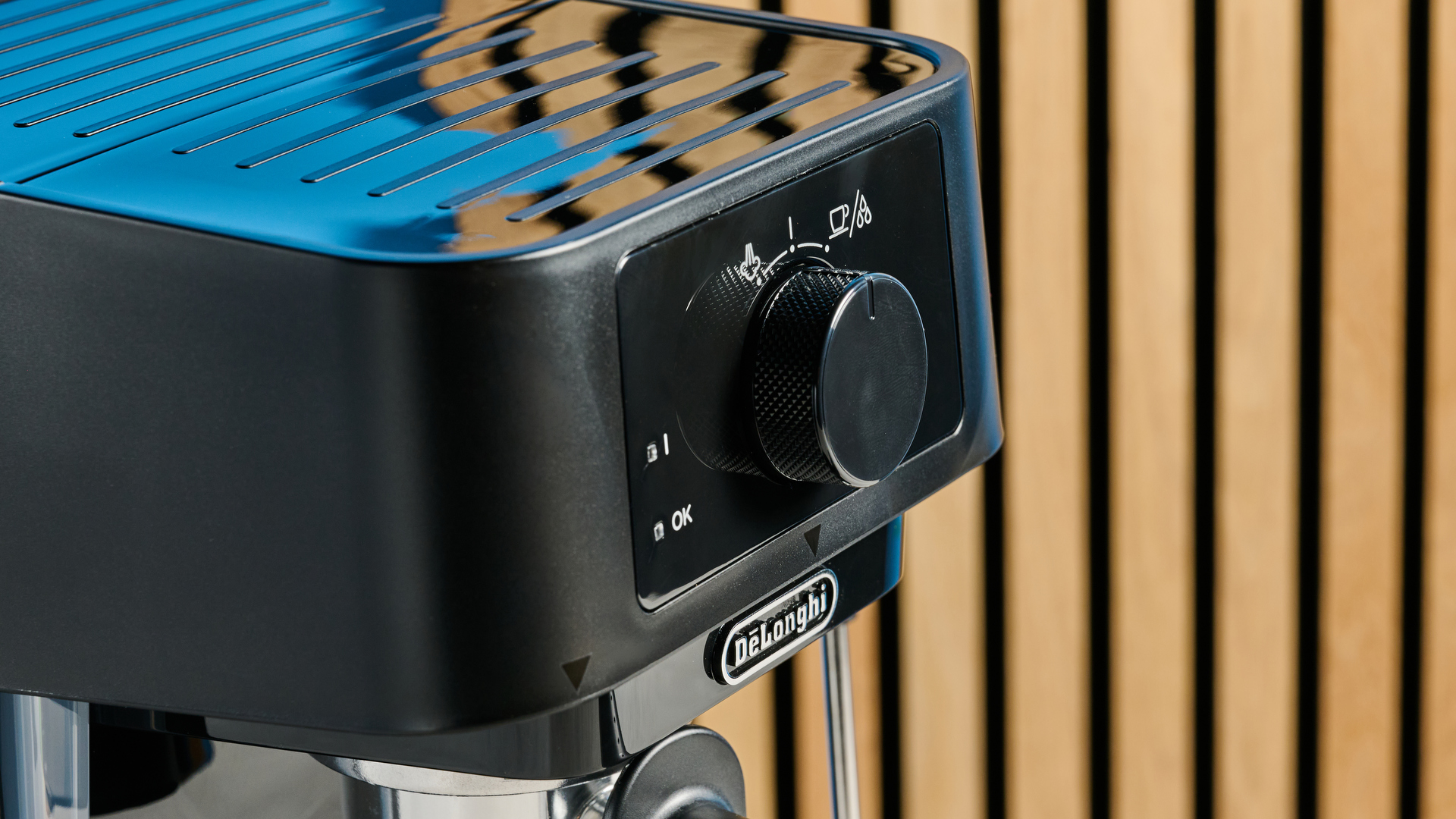
There's a reason why the Stilosa is so cheap, though: it's really ugly. While the Breville Bambino Plus could walk the runway of espresso machines, the Stilosa would be hiding in the back corner.
Get instant access to breaking news, the hottest reviews, great deals and helpful tips.
I suppose you can't ask for much when you consider the Stilosa is literally $149. It's cheaper than most coffee grinders. If you decide to skimp on the espresso machine, though, make sure you spend on the coffee grinder. It's way more important, and I'll chat about that in the 'Espresso' section below.
The winner: De'Longhi Stilosa. There's no competition at all.
Design
Alright, I've already let the cat out of the bag, haven't I? I wasn't exactly positive about the De'Longhi Stilosa's looks in the 'Price' section.
While the De'Longhi Stilosa has a cheap, plasticky construction and weighs literally 9 pounds, the Breville Bambino Plus has an all-metal exterior and a nice weighty 11 pounds. In writing, the difference doesn't sound too massive, but I've carried both the Stilosa and Bambino Plus and the latter just feels better.
Both machines are incredibly compact, so perfect for small kitchens. I'd recommend both in terms of size.
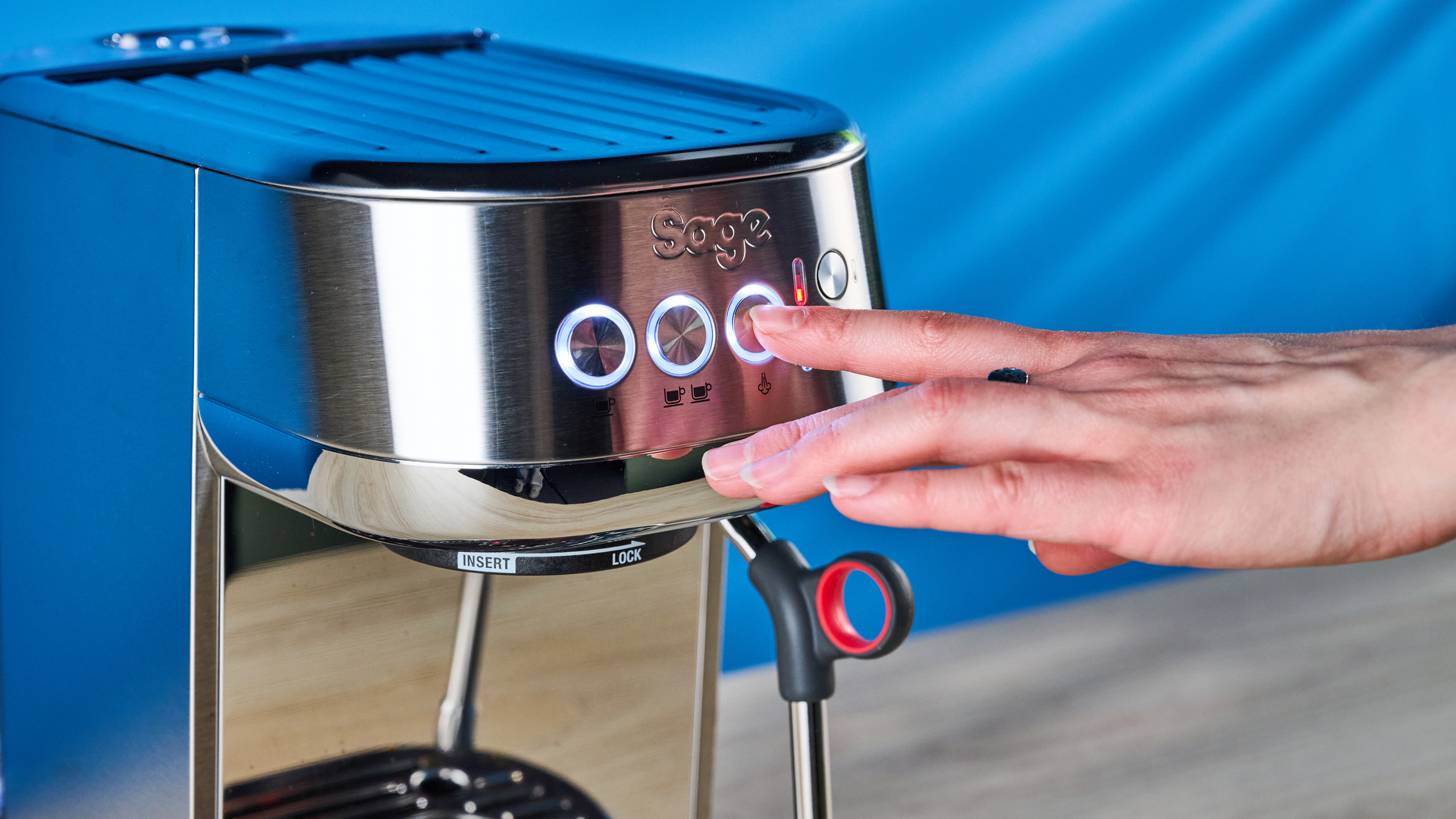
Just look at that gorgeous construction. The metal drip tray (unlike the Stilosa's plastic drip tray) is much easier to clean, and the steam wand feels sturdier. On top of that, the buttons are tactile and easy to press, which I find much more user-friendly than the Stilosa's dial.
Although I found the Bambino Plus tarnished a little too easily, the steel finish is hardier than the Stilosa's plastic body.
The winner: Breville Bambino Plus. Its metal exterior, weightier construction, and metal drip tray pave way for longevity more than the Stilosa.
Espresso
This is it: the big guns, and the reason you're here (hopefully). A picture speaks a thousand words, so I'm just going to share two pictures of the espresso I pulled on both the De'Longhi Stilosa and the Breville Bambino Plus.
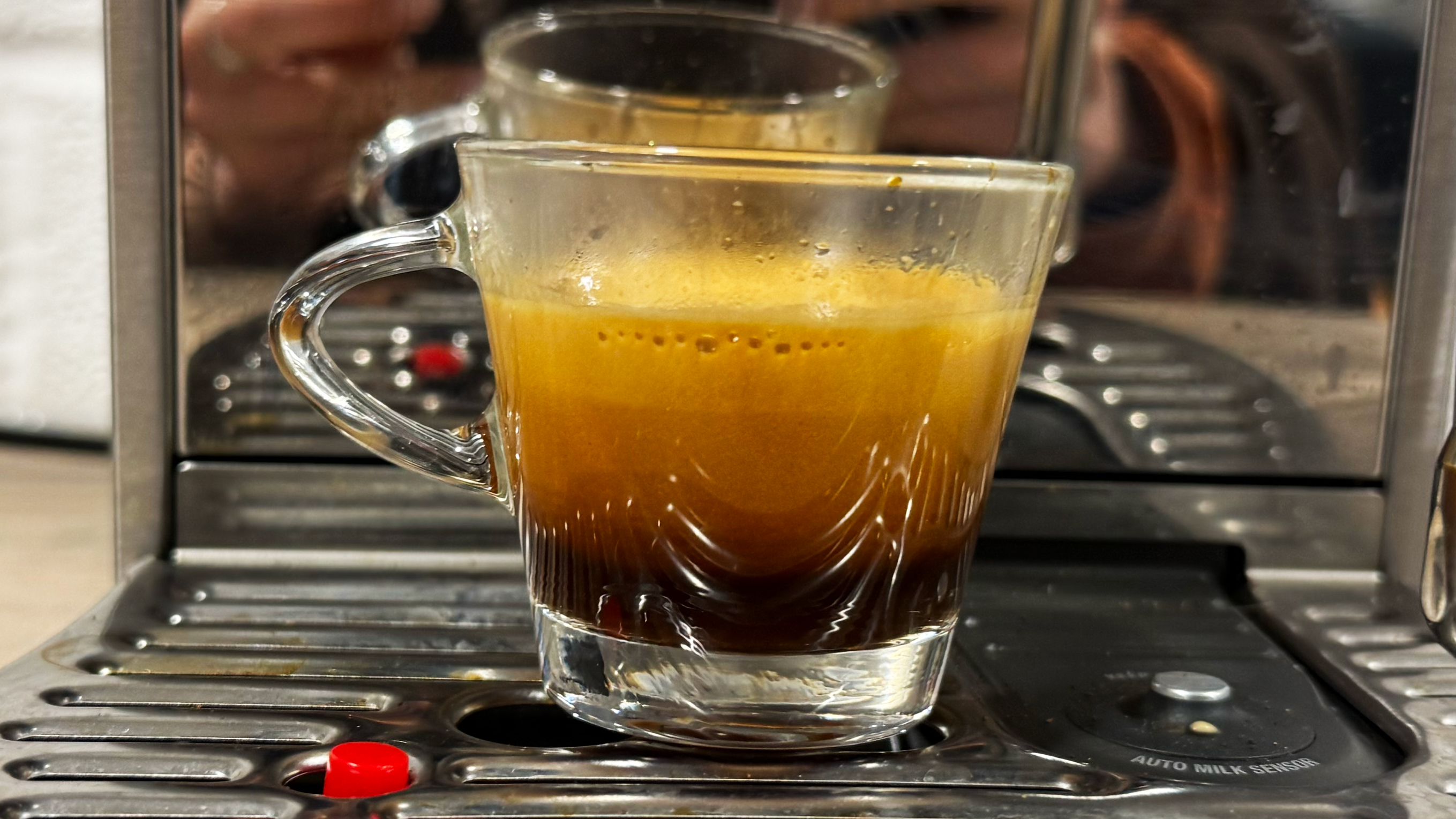
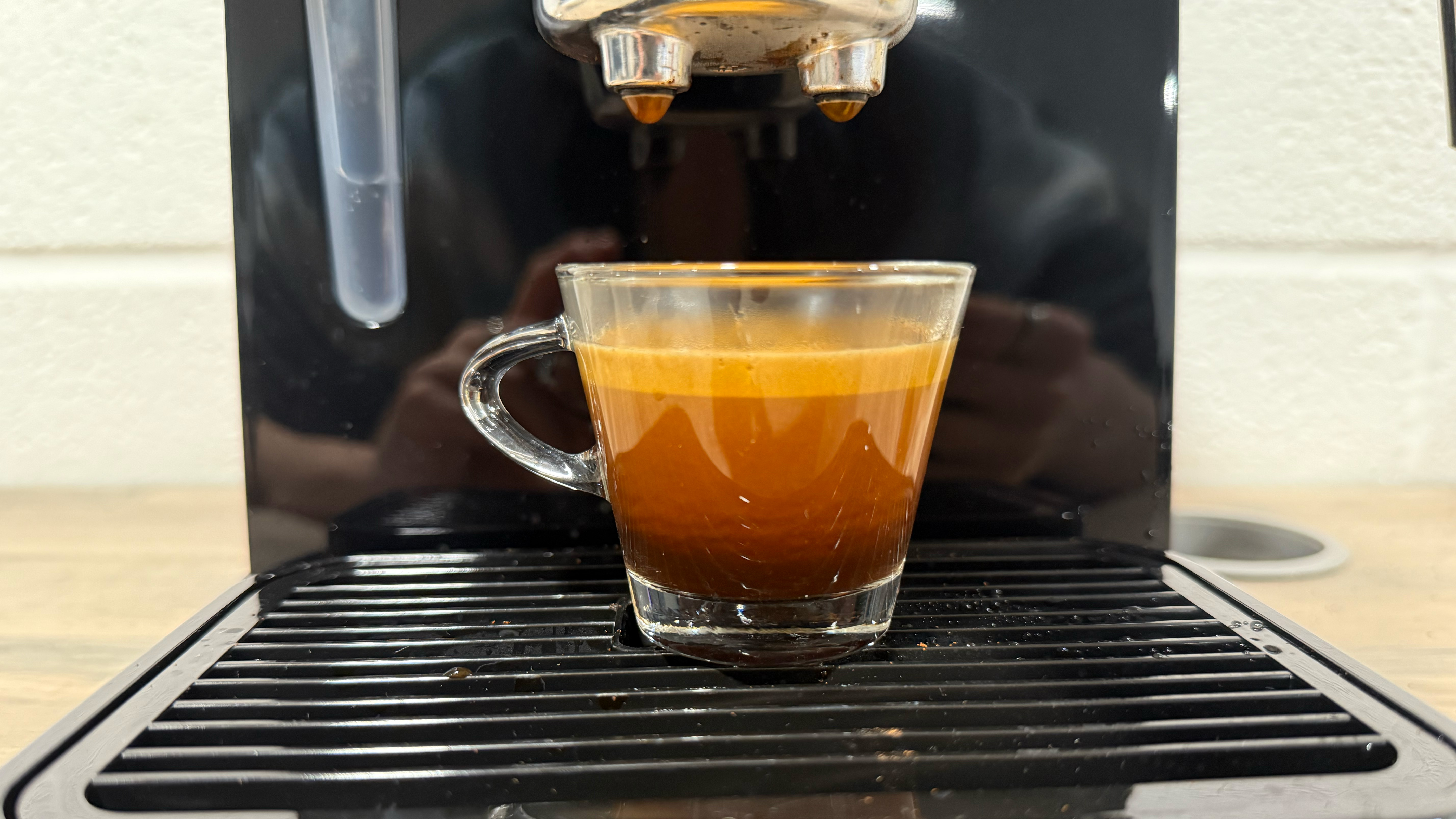
As you can see from the images above, the Breville Bambino Plus generally pulls a thicker, creamier espresso. The De'Longhi Stilosa took me multiple tries to get a decent espresso, which I think would be tricky for someone more inexperienced with espresso machines.
I'll walk you through my processes for both machines, so you can see the necessary finesse for both.
Bambino Plus
- Dose 18g of finely-ground coffee, ground in the Comandante C40 MK4
- Tamp with the provided tamper with approximately 20kg of weight
- Attach portafilter to group head and press the double shot button
- Allow water to run through the espresso until 36g has been reached — should be 25-28 seconds including pre-infusion
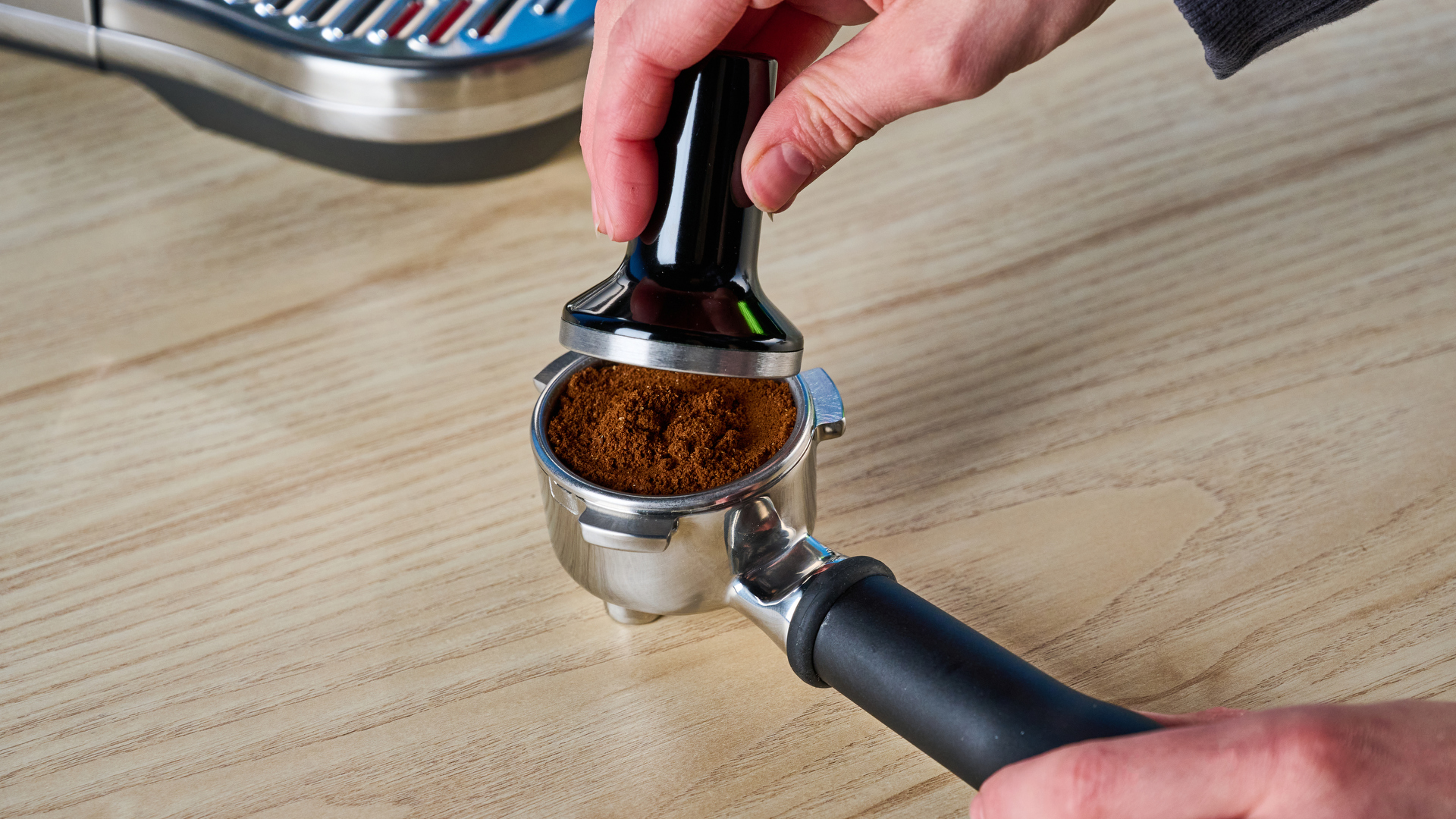
Now I'll go through my Stilosa routine — it's mostly the same, but with a few tweaks.
De'Longhi Stilosa
- Dose 18g of very finely-ground coffee, ground in my Comandante C40 MK4
- Tamp with the provided tamper multiple times, ensuring the plastic doesn't warp the puck. I found this tamper very tricky to use, so would recommend getting a 51mm third-party metal tamper (from about $10 on Amazon)
- Clear coffee dust from portafilter (as the tamper is extremely poor) and slot into the machine
- Allow water to run through the coffee until 36g out, should be around 25-28 seconds including pre-infusion
As you can see, I needed a little more finesse with the Stilosa. I recommend giving away or repurposing the scoop/tamper accessory and just getting a metal 51mm tamper from Amazon — I recommend IKAPE's 51mm tamper, $33 on Amazon.
I was really happy to see that the Stilosa comes with single-walled portafilters (non-pressurized) for 'true' espresso. Most cheap machines come with dual-walled (pressurized) portafilters to mimic crema, to distract from the fact that the machine isn't actually that good. The Bambino Plus comes with single-walled portafilters, too, obviously.
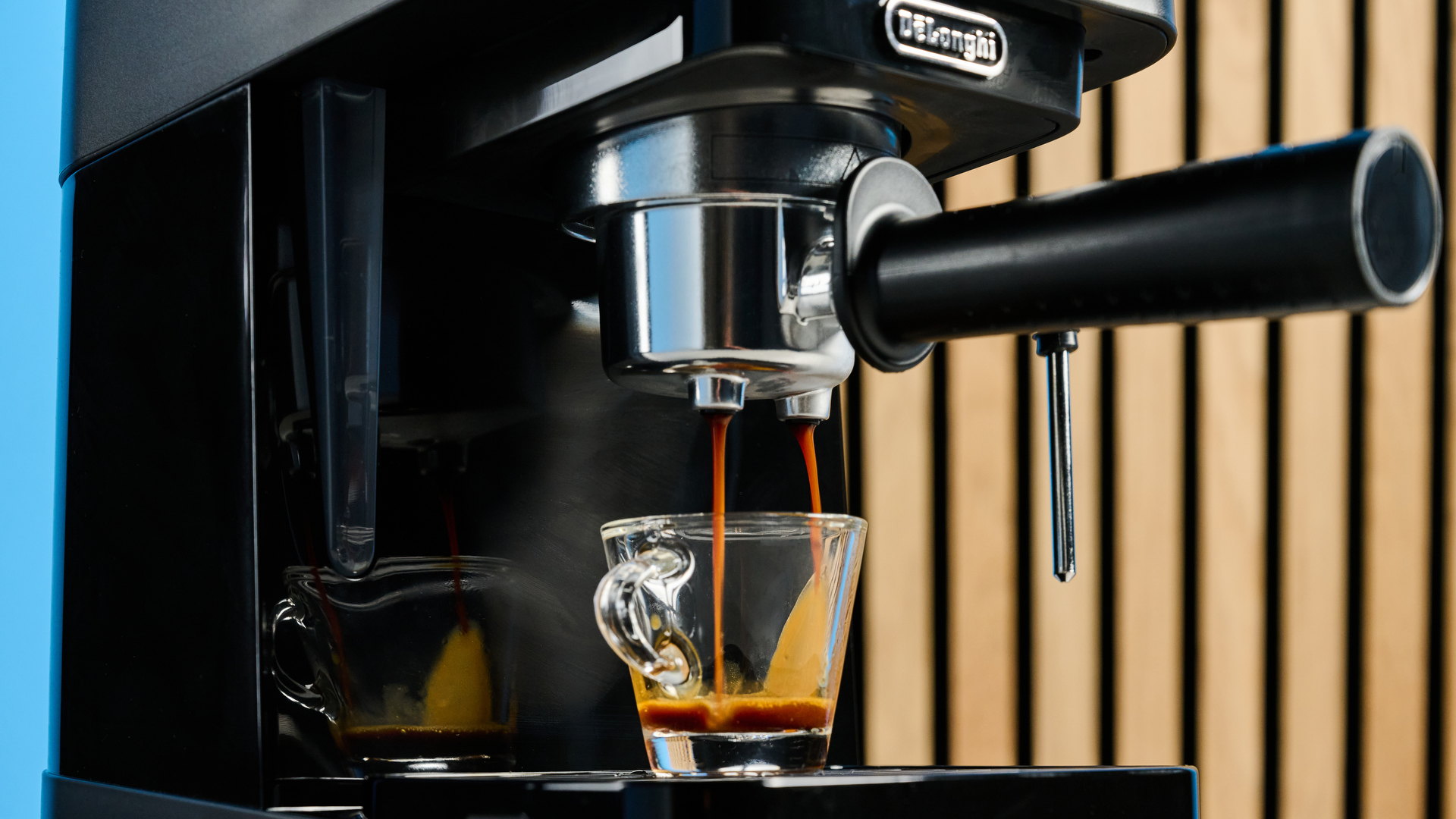
As I mentioned earlier, I recommend getting a really high-quality grinder to ensure your espresso tastes as good as you'd want it to. Personally? I use the Comandante C40 MK4, but it's really expensive.
The Baratza Encore ESP is just $199 and works really well. Or, you could check out the $199 1ZPresso J-Ultra, which is another hand grinder, but much cheaper.
Wondering how I know I'm dosing exactly 18g of coffee and getting 36g out? I have one of the best coffee scales — the Wacaco Exagram Pro.
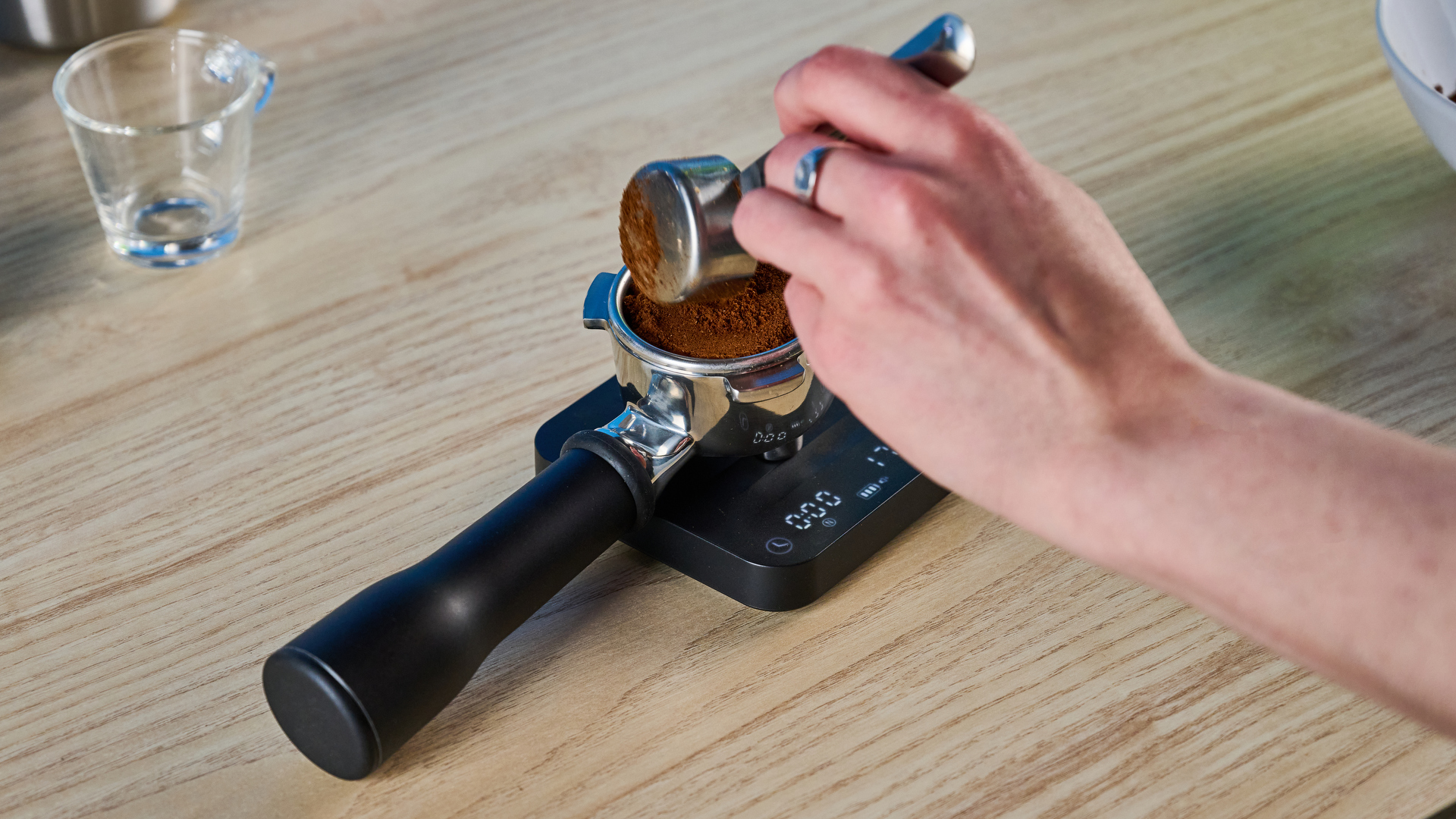
So while the Stilosa can still make excellent espresso, it needs a little more nurturing than the Bambino Plus. And for that reason...
The winner: Breville Bambino Plus. It's better right out of the box.
Milk
I feel like milk steaming is where a lot of people who've never been professional baristas struggle. That's not a bad thing — it's just an occupational hazard. Or, in this case, a lack of occupational hazard. Here's two side-by-side photos of my milk texture and latte art on both the Bambino Plus and the Stilosa.
But beware: the Stilosa doesn't come with a milk jug. I used the Bambino Plus's milk jug during testing.
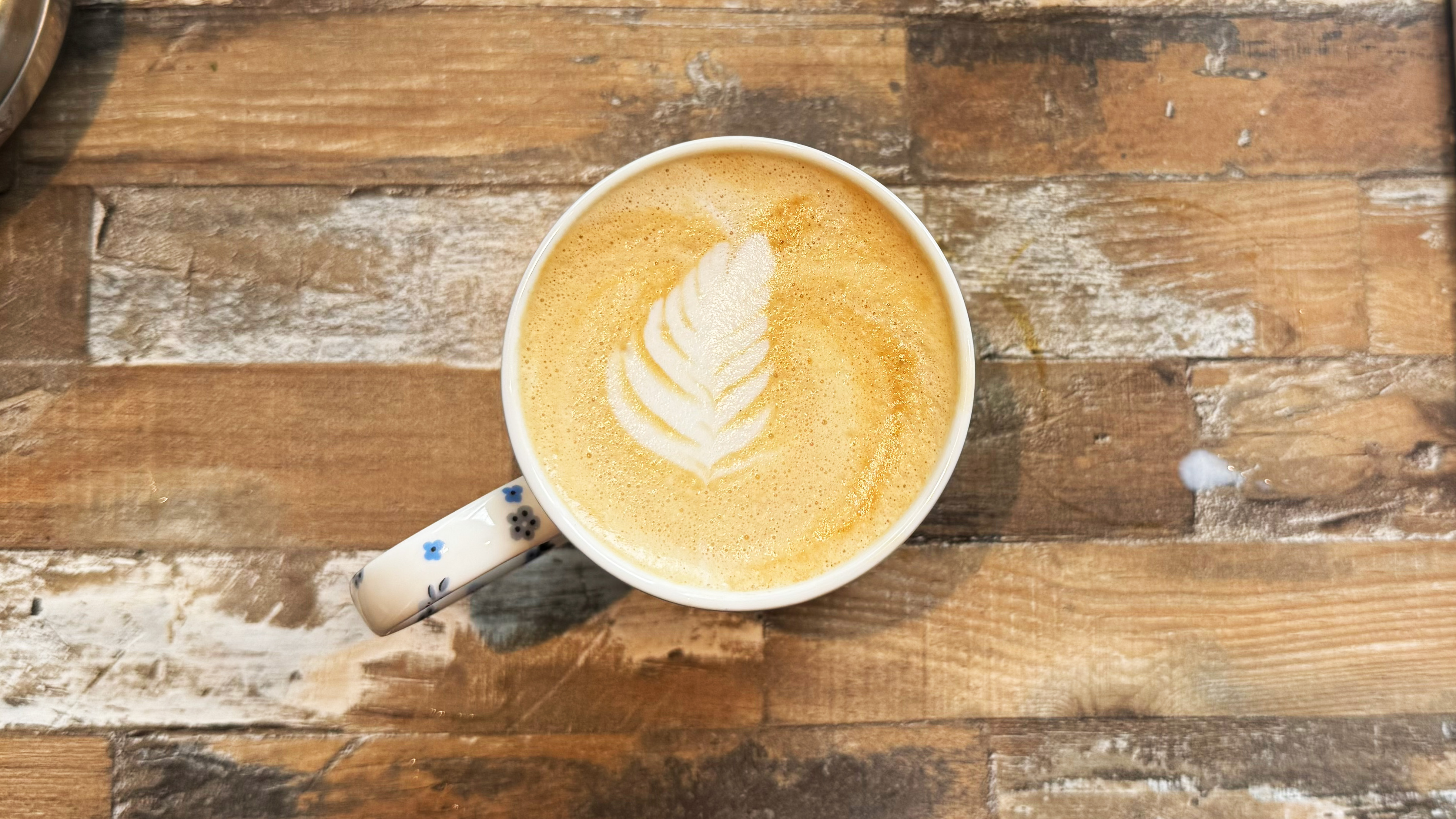
Breville Bambino Plus
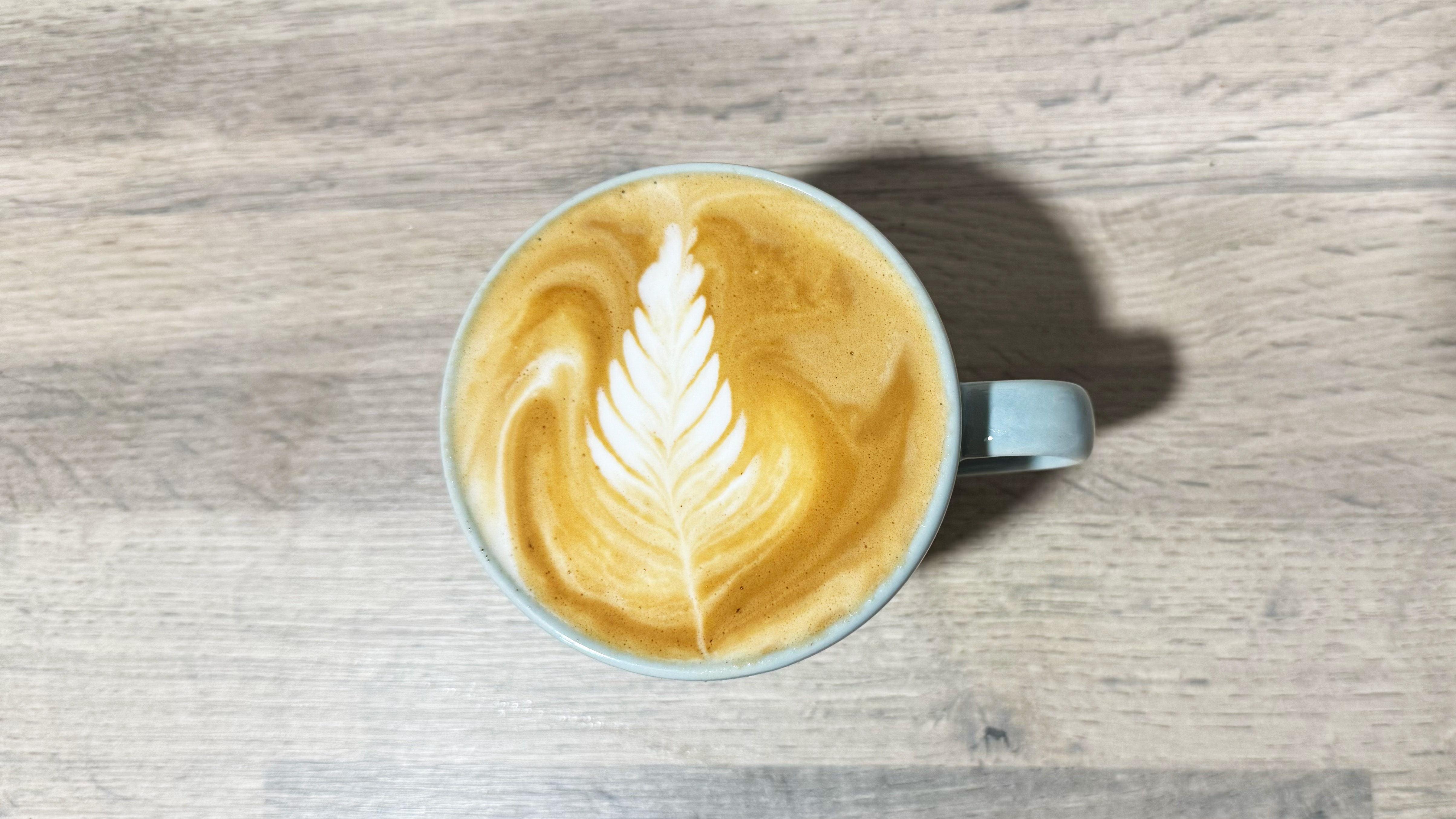
De'Longhi Stilosa
Where the Bambino Plus and Stilosa differ is the former has an auto-milk function and the Stilosa doesn't. However, I don't really like the Bambino Plus's auto function. Sure, it's good if I just want to steam milk and forget about it, but I'm not that kind of barista. I love babying my milk. I love making it go tss-tss-tss and creating the necessary vortex for melted-ice-cream texture.
As you can see from my latte art, too, there's a clear winner in terms of appearance. And that's the $149 De'Longhi Stilosa.
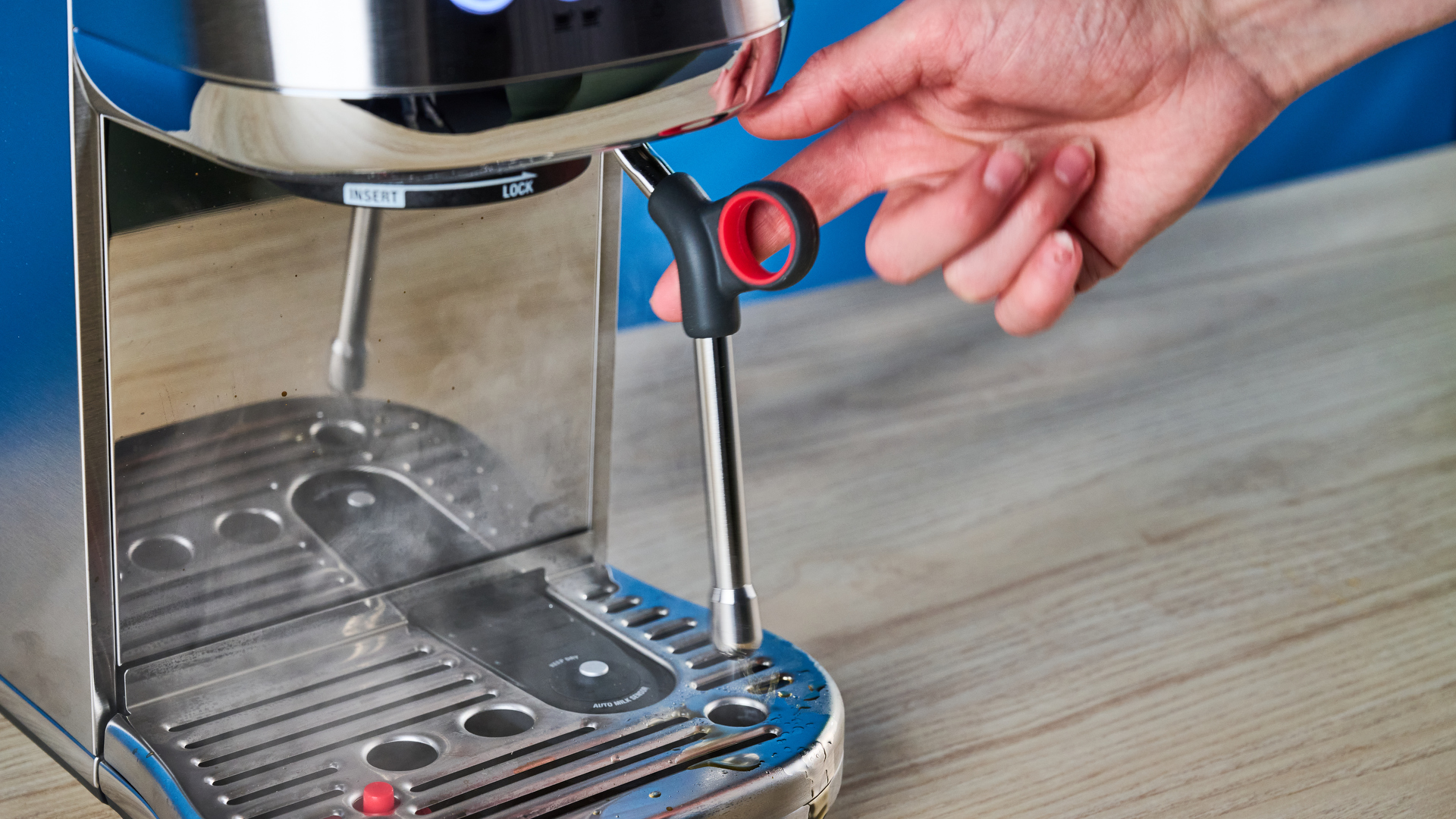
However, that's just my opinion. I like the Stilosa more because I'm a do-it-yourself barista. But if you want an auto-milk function? Then it'll be the Bambino Plus taking the crown.
The winner: Up to you. Mine is the Stilosa, but yours can be the Bambino Plus.
Maintenance
Now, this is where it might get controversial. Some long-term De'Longhi users report that their machines break after the warranty period, and that De'Longhi machines aren't built to last.
However, I beg to differ. My parents bought their De'Longhi Icona Vintage (U.K. only, I believe discontinued now) in 2015 or 2016, and it's still going. It still pulls espresso, it still steams milk. So, I think it just depends on how well you look after the machine, and how hard your area's water is.
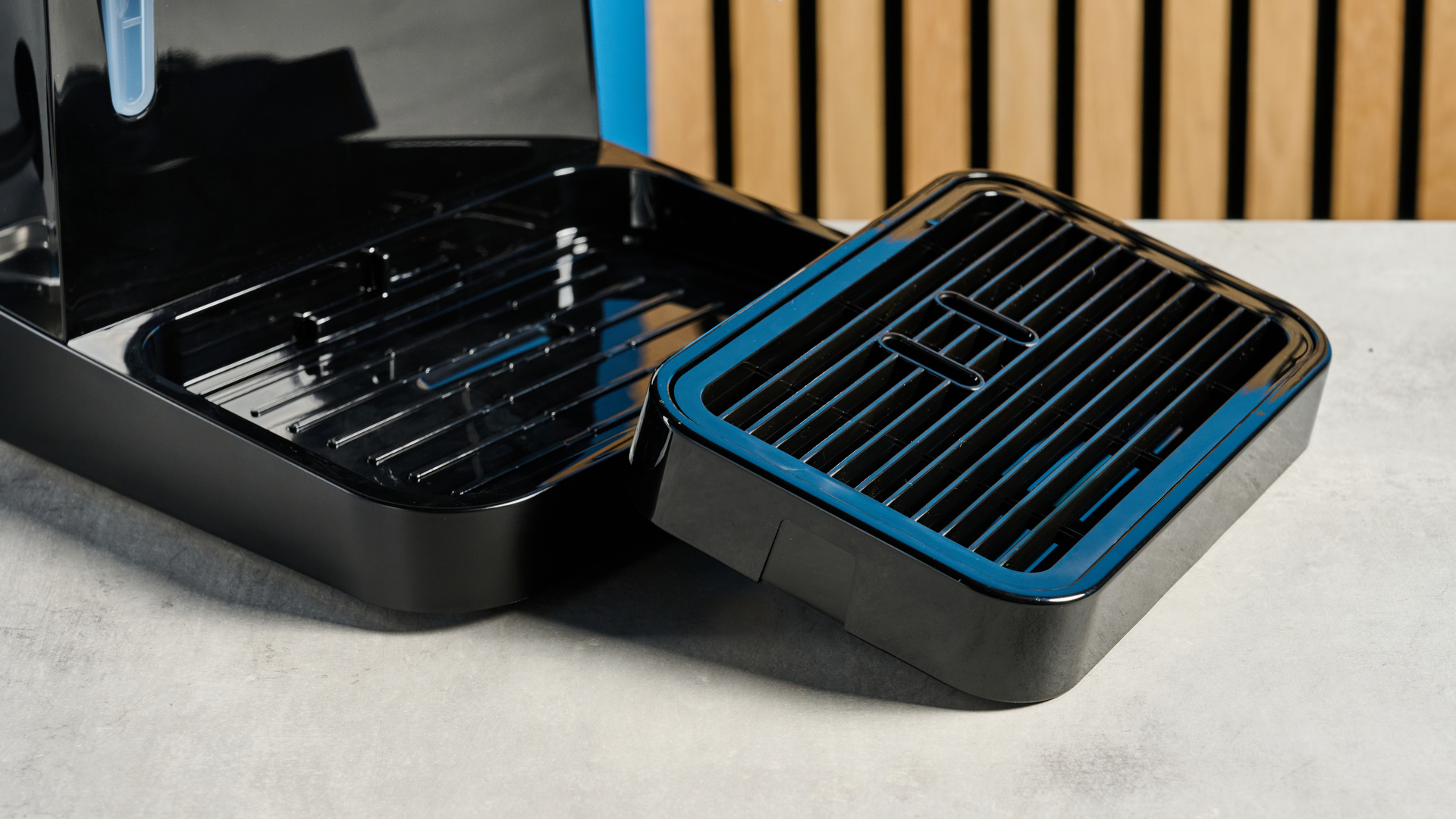
As I mentioned earlier, the Stilosa has a plastic drip tray, which doesn't really bode well for longevity. You'd need to ensure you cleaned this daily to prevent buildup, as plastic can be trickier to clean properly than metal.
Comparatively, the Bambino Plus has a metal and plastic drip tray, which is easier to clean in the long run. The Bambino Plus also has a metal-and-plastic water tank, whereas the Stilosa's is plastic.
In terms of longevity, I'd go with the Bambino Plus, but that machine is almost quadruple the price of the Stilosa, so it's kind of a given.
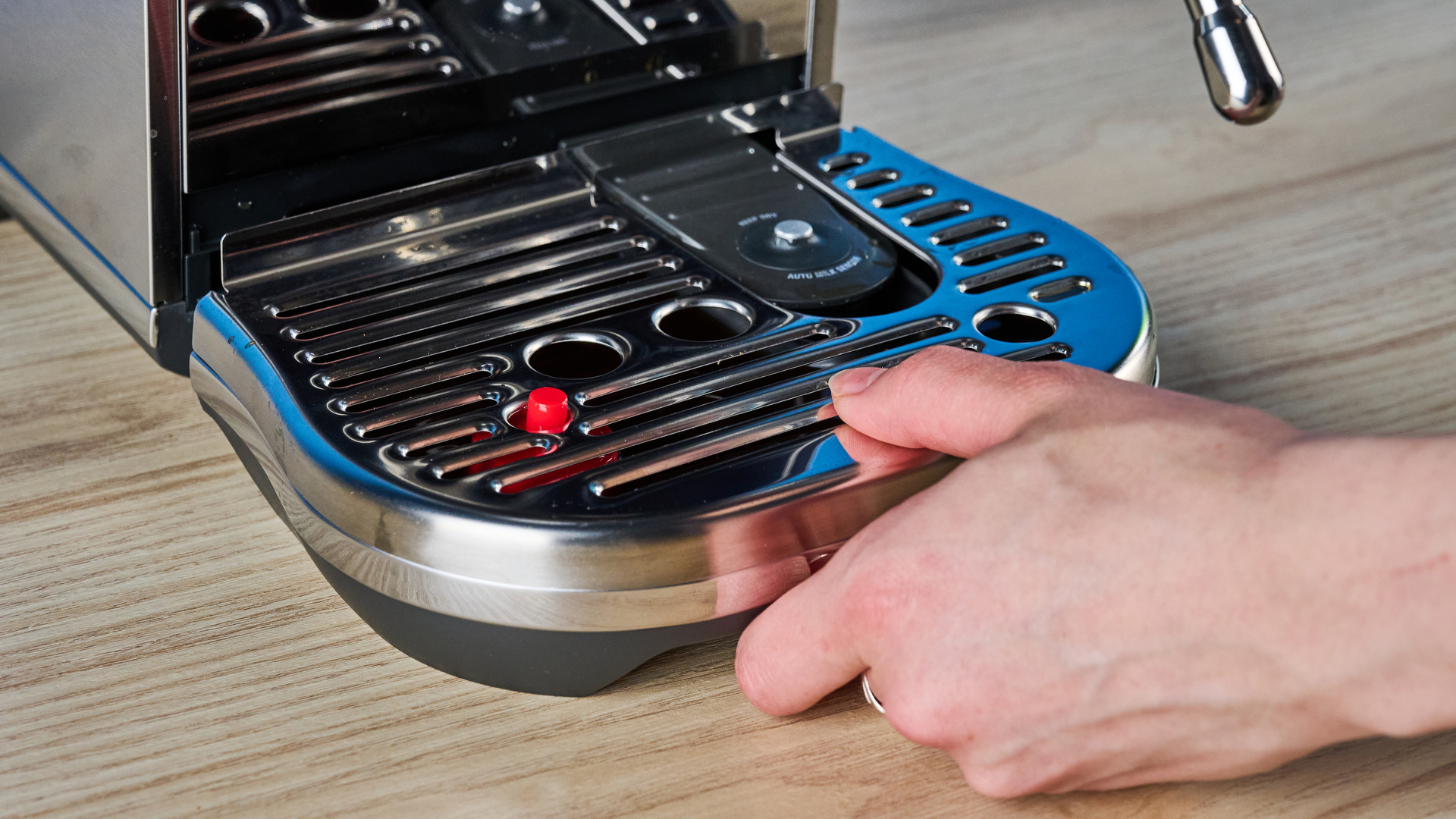
The winner: Breville Bambino Plus
Verdict
So, what did I learn? Well, I learned that price doesn't mean anything. Just because an espresso machine is expensive, it's not guaranteed to be good. Conversely, just because an espresso machine is cheap, doesn't mean it's going to be awful. Some decent machines are cheap, and some awful machines are expensive (case in point: Smeg EMC02).
Have you ever seen those YouTube videos like "A professional barista and a home barista swap machines — who will win?" and it's always the pro who wins? That's because it's not all about the machine. The barista is the most important cog in the machine of coffee.
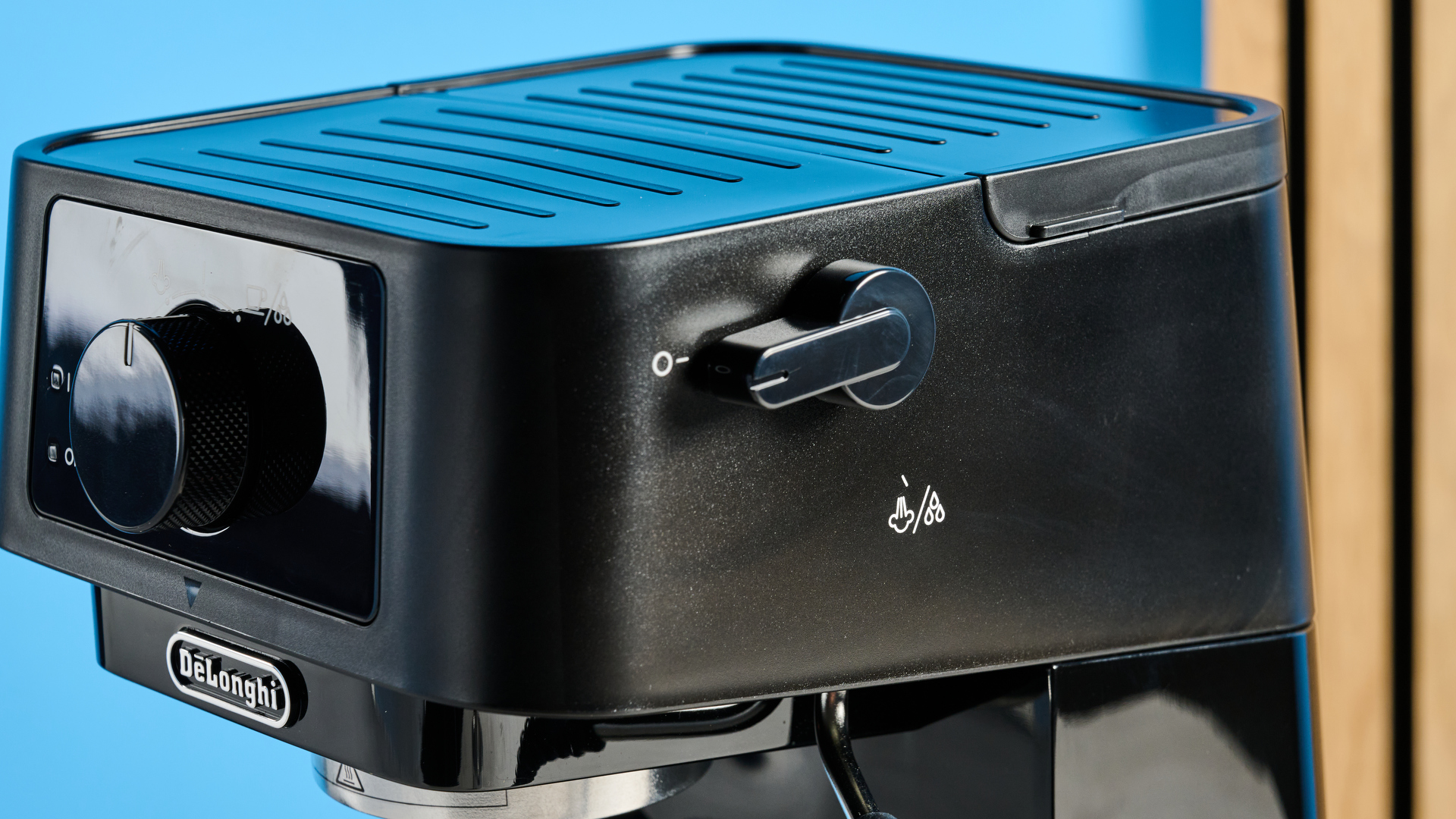
If you put in the effort, get some better accessories, and most importantly a decent grinder, there's no reason why the De'Longhi Stilosa won't make excellent espresso.
However, if you want a better machine right out of the box, I'd recommend the Bambino Plus.
What you choose will be up to you. But me? I'd be happy with the Stilosa and a Comandante C40 MK4 grinder, any day. The Bambino Plus is a little out of my price range at the moment.
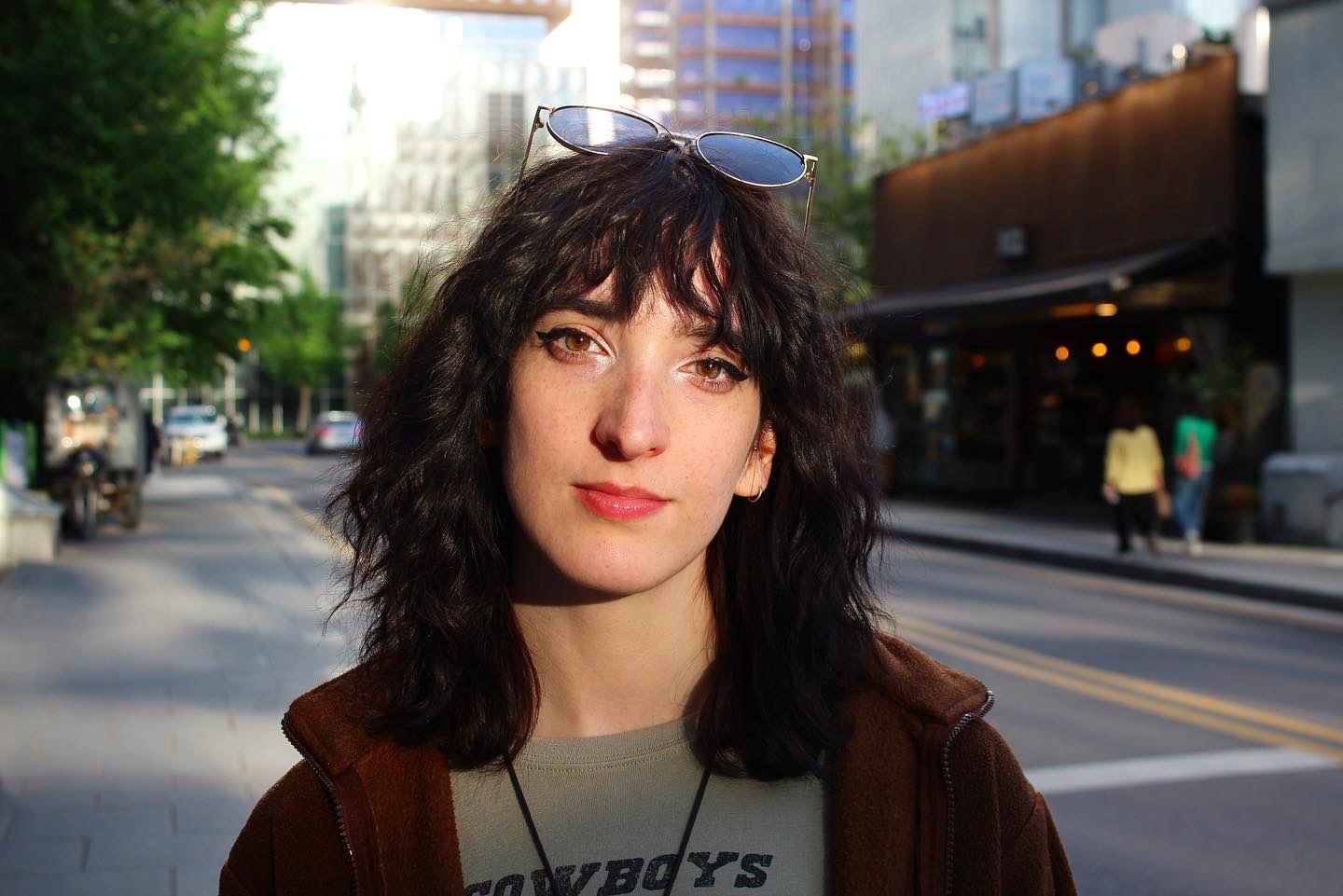
Erin Bashford is a senior writer at Tom's Guide, focusing on reviews. She has a Masters in Broadcast and Digital Journalism from the University of East Anglia. As an ex-barista, she knows her way around a coffee machine, and as a music lover, she's constantly chipping away at her dream of having a multi-room home sound system. In her spare time you can find her reading, practising yoga, writing, or stressing over today’s NYT Games.
You must confirm your public display name before commenting
Please logout and then login again, you will then be prompted to enter your display name.
